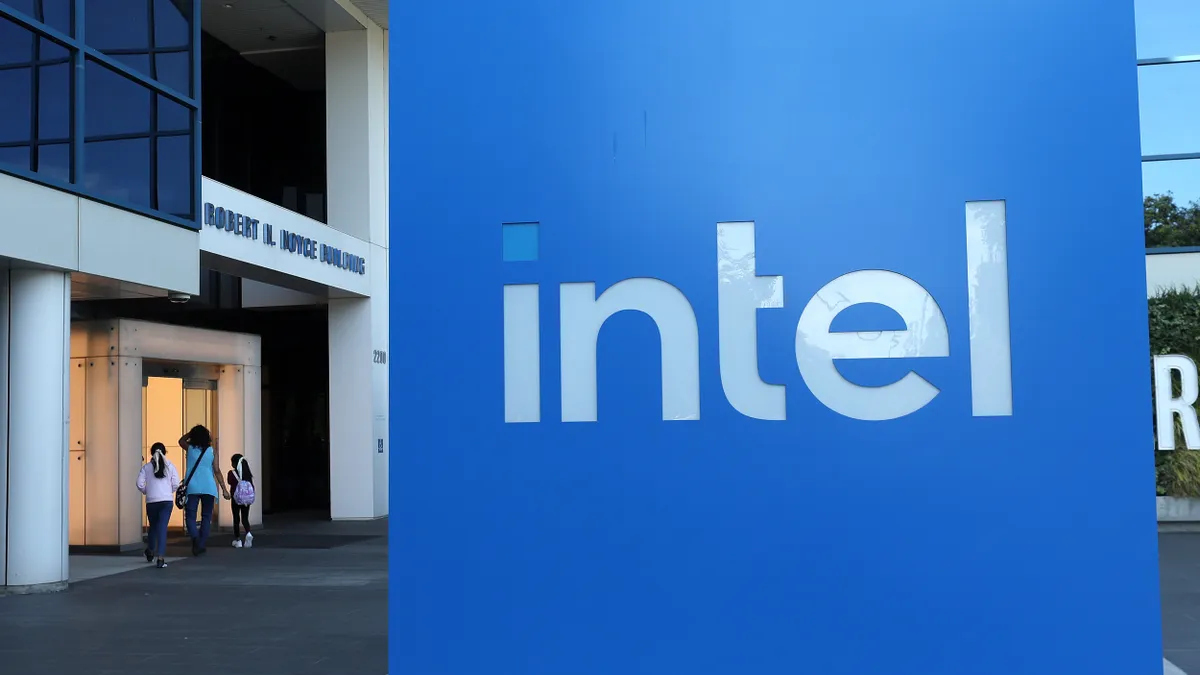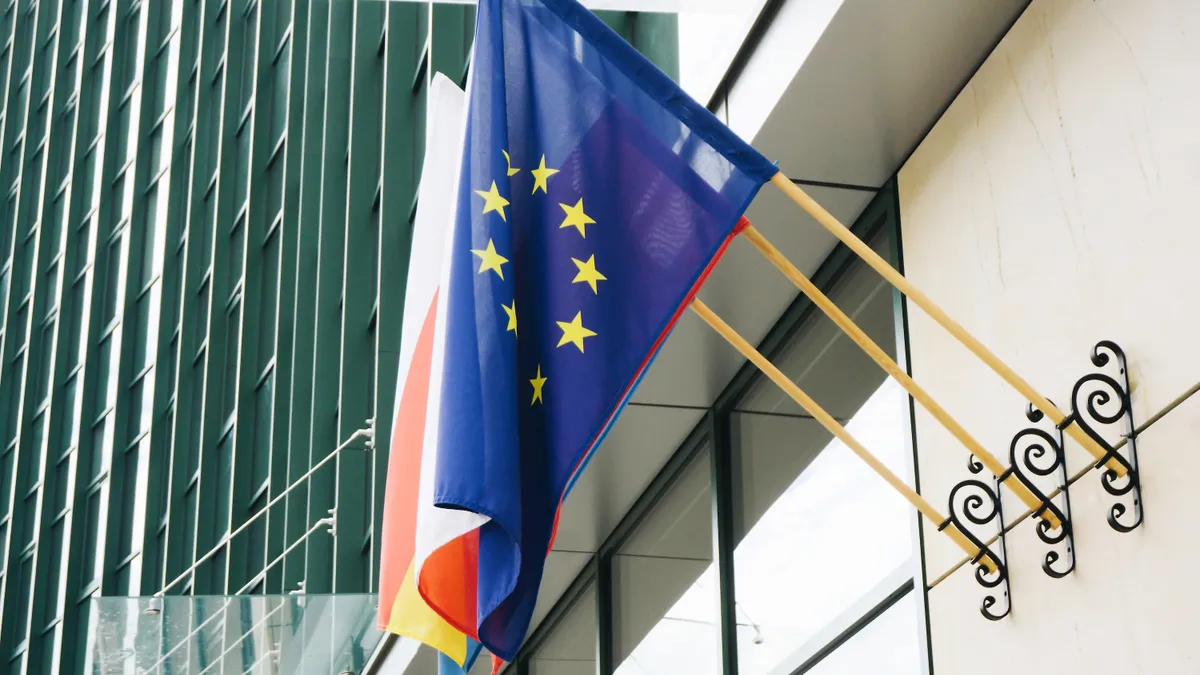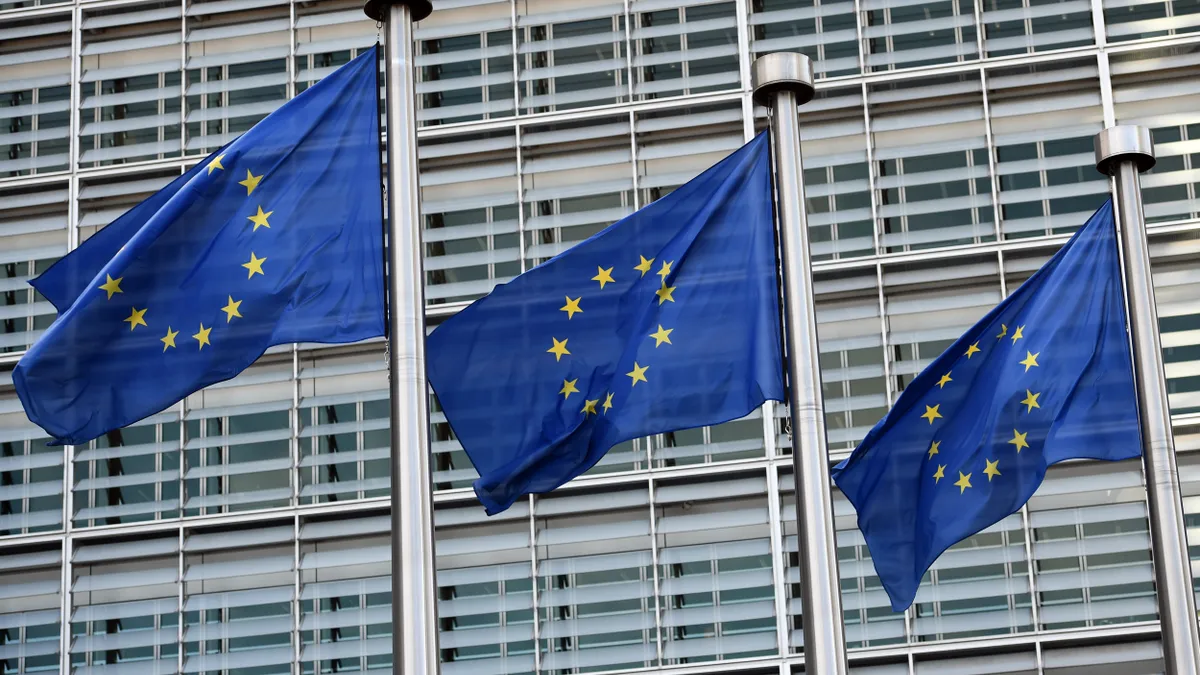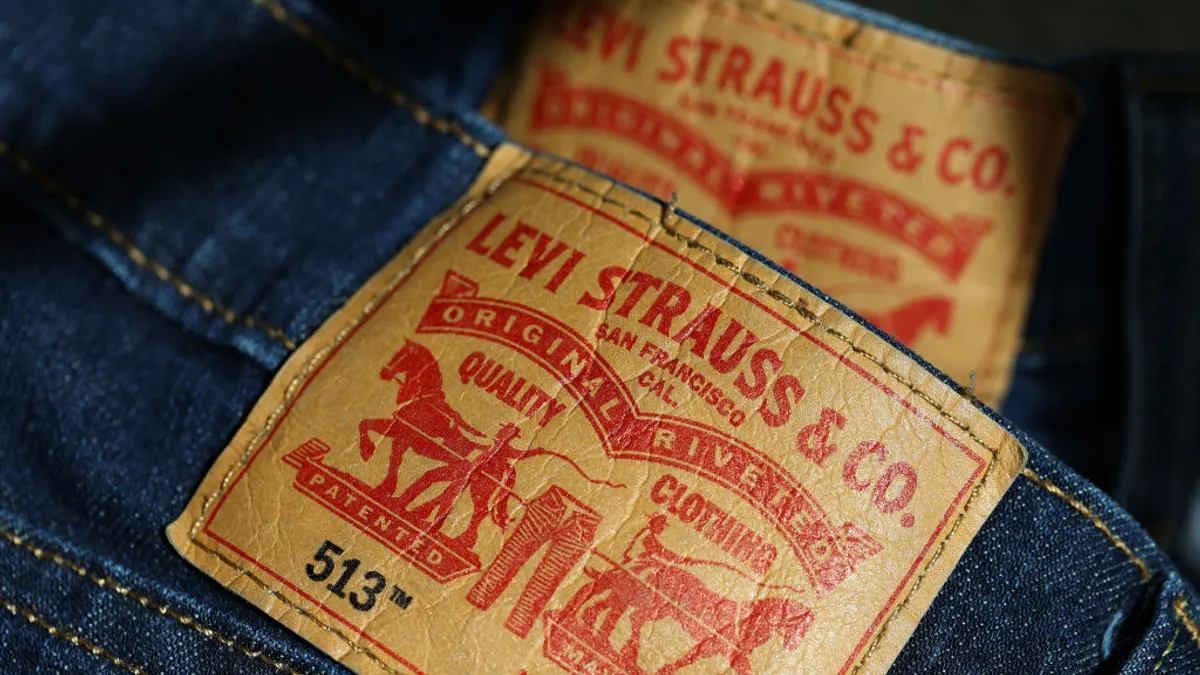An egg seller recently had a chicken/egg problem, though not which came first. The company wanted to figure out how to optimize its chickens' egg laying capacity.
"The problem is the coop is covered with chicken feces," said Alfonso Velosa, research vice president for IoT at Gartner, discussing a recent client's conundrum. "For them, the central thing is how do we increase productivity while the floor is clean enough."
The solution was to create something that has become increasingly popular in the internet of things and manufacturing worlds, but is now making inroads into business processes: a digital twin, in this case to help the company optimize the process by measuring ammonia levels.
"Did it get cleaned and when should it get cleaned? That's a digital twin," Velosa said, in an interview with CIO Dive.
A digital twin is a "management model to help us improve our enterprise decisions about something specific," said Velosa. It can help companies plan out how different component parts of an operation will work together, but also help them keep track of everything from purchase orders to, well, chicken feces.
So while most of the uptake of digital twins so far has been in manufacturing, the idea of creating a second, digital version of something — anything — is catching on across enterprises.
Digital twins are already alive in manufacturing, IoT
The concept of a digital twin isn't all that new, even if that's not what the technology was called. Think of a CAD drawing of a building. That's a digital twin.
Traditionally, digital twins have been a "rendering of the physical world, where we can go through and manipulate in that space and learn how they'll interact with the real world," Mike Harmon, director of engineering service practice in the Americas for Information Services Group, told CIO Dive in an interview.
Gartner found that 48% of organizations implementing IoT are already using, or plan to use, digital twins this year. It also predicts that by 2021, half of large industrial companies will use digital twins, leading those companies to gain 10% improvement in effectiveness.
Digital twins are used to create machines and plants, too, and allows engineers to test things out to see if all of the component parts work — and work together — before spending money on the actual thing.
"The whole idea of a digital twin of production enables the automation person to work much sooner with the mechanical person, so that they are able to take a 3D model of a machine and make it move and behave like a real machine," said Colm Gavin, factory automation digitalization specialist at Siemens, in an interview with CIO Dive. "They can do a huge amount of debugging the code and verifying the machine will work before a single piece of metal is even cut to build a machine."
Beyond buildings into the back office
While digital twins started the worlds of IoT and manufacturing, the technology is making inroads into the back office as well.
Digital twins are much more than just a digital duplicate of a manufacturing process or facility, said Harmon. "Not only should you have a digital rendering of your product," he said, companies should also have a rendering of its manufacturing facility and the facilities in the customer's environment.
"When you're thinking about digital twins of the organization, of its process, it's taking our existing enterprise architecture tools and trying to take them to the next level with dashboards of what's really going on in enterprise," Velosa said.
He recently worked at a company that transports blood, and helped them create digital twins so that it can identify "the unique pallet and temperature and pressure and humidity, stuff they weren't collecting before," he said.
Instead, workers had been writing down blood temperature on paper. Creating digital twins stopped them from losing between $4 million and $6 million worth of blood a year.
The same kind of one-to-one digital double creation can happen with something as simple as purchase orders (PO).
"If I'm tracking all my POs in the process I have with Walmart relative to all my POs with Amazon — not only does it distinguish between the companies, if I want to look at one unique PO — I have the ability to drill down right away," Velosa said.
The digital twin uptake — and awareness
Digital twins might be the wave of the future, but it's not quite here yet. Only 12% of global utilities have invested in or implemented a digital twin, Gartner found. It also found that 34% of utility company CIOs have no interest in deploying or actively experimenting with them.
"It's going to take years before this is truly implemented in the enterprise," he said. "How many steps do you need to have to show real success?"
The decreased costs of connectivity, data storage and analytics – thanks to the cloud – are making digital twins more accessible to more companies. And even if the general public doesn't call them digital twins yet, they're becoming more prevalent in daily life.
One example: Tesla cars. "Tesla is unique in the fact that it's connected, and they can push changes to the vehicle and you don't even know that it happened," Harmon said.
"In today's digital twin, the real opportunity is having connectivity to the real world, so your models become continuous," he said. "You're always able to update and make real time decisions."



















